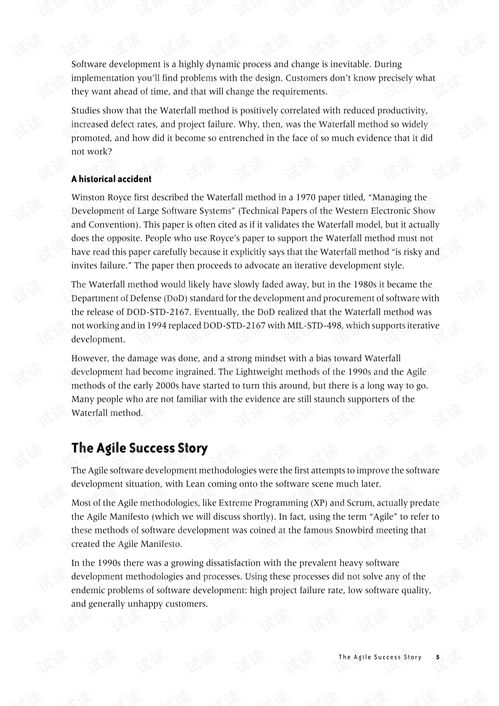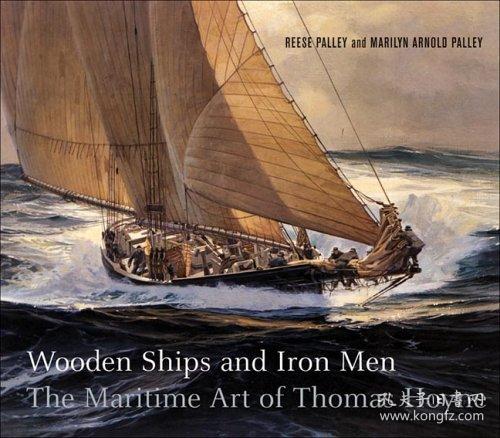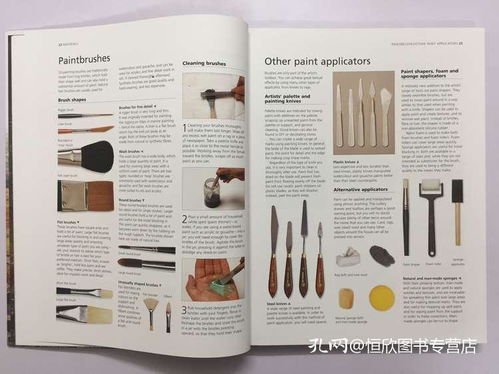Content:
Fishing in bridge ditches can be a rewarding and unique experience, offering anglers the chance to catch a variety of fish in a controlled environment. However, to maximize your chances of success, it's crucial to understand how to effectively set up your fishing spot, commonly referred to as "the nest." Here, we delve into the essential techniques for setting up your bridge ditch fishing nest, focusing on the art of "how to fish in bridge holes."
Understanding the Bridge Ditch Environment
Before diving into the specifics of setting up your nest, it's important to have a good understanding of the bridge ditch environment. Bridge ditches are typically areas where water flows under a bridge, creating a unique ecosystem that can support a variety of fish species. These areas are often rich in food sources, such as insects, algae, and small fish, making them attractive to predators.
Choosing the Right Spot
The first step in setting up your nest is to choose the right spot. Look for areas where the current is slow or still, as these spots are more likely to hold fish. Pay attention to the structure of the bridge, as certain angles and arches may create ideal habitats for fish. Additionally, consider the depth of the water, as deeper areas may hold more fish.
Preparing Your Equipment
Once you've identified a suitable spot, it's time to prepare your equipment. For bridge ditch fishing, you'll typically need the following:
- A rod and reel suitable for the type of fish you're targeting.
- The appropriate fishing line, considering the size of the fish and the strength of the current.
- Hooks and lures that mimic the natural food sources in the area.
- A fishing net or landing device to safely retrieve your catch.
The Art of Setting Up Your Nest
Now, let's get into the nitty-gritty of setting up your nest. Here are some key techniques to consider:
Location, Location, Location As mentioned earlier, the location is crucial. Once you've found a good spot, make sure to return to it each time you fish. Over time, you'll learn the best spots and can refine your technique accordingly.
The Right Time Timing is everything when it comes to fishing in bridge ditches. Fish are most active during certain times of the day, so it's important to know when to fish. Early morning and late afternoon are typically the best times, as these periods offer cooler water temperatures and reduced fishing pressure.
The Nesting Technique To set up your nest, you'll need to create a small area where you can place your bait or lure. Here's how to do it:

- Identify the Nesting Area: Look for a spot with a slight indentation or depression in the bed of the ditch. This area will serve as your nesting ground.
- Clear the Area: Use your hands or a small stick to clear away any debris or vegetation that might interfere with your fishing line.
- Secure Your Line: Tie your fishing line to a sturdy object, such as a rock or a branch, to keep it in place. This will prevent your line from getting tangled or swept away by the current.
- Place Your Bait or Lure: Drop your bait or lure into the nesting area, ensuring it's positioned in a way that mimics the natural movement of the fish's prey.
The Right Bait Choosing the right bait is essential for attracting fish to your nest. Here are some popular options:
- Live Bait: Live bait, such as worms, minnows, or crayfish, can be highly effective. These natural food sources are hard to resist for many fish species.
- Artificial Lures: Artificial lures, such as spinners, jigs, and crankbaits, can also be effective. Choose lures that mimic the movement and appearance of the fish's natural prey.
- Natural Food Sources: If you're unsure about the specific bait to use, consider the natural food sources in the area. This can often be determined by observing the water quality and the presence of insects or small fish.
Patience is Key Fishing in bridge ditches requires patience. Fish may take some time to approach your nest, so be prepared to wait. Remember to maintain a quiet and still presence to avoid startling any potential catches.
Safety Precautions
While fishing in bridge ditches can be an enjoyable experience, it's important to prioritize safety:
- Check the Water Conditions: Before entering the water, check the water conditions to ensure they are safe for fishing.
- Stay Hydrated: Bridge ditches can be hot and humid, so stay hydrated and take breaks as needed.
- Use a Life Jacket: If you're fishing in deeper water or if you're not a strong swimmer, consider wearing a life jacket for added safety.
Conclusion
Fishing in bridge ditches can be a challenging but highly rewarding activity. By understanding the environment, preparing the right equipment, and mastering the art of setting up your nest, you'll be well on your way to catching a variety of fish. Remember to practice patience, prioritize safety, and enjoy the beauty of the natural world around you. Happy fishing!












